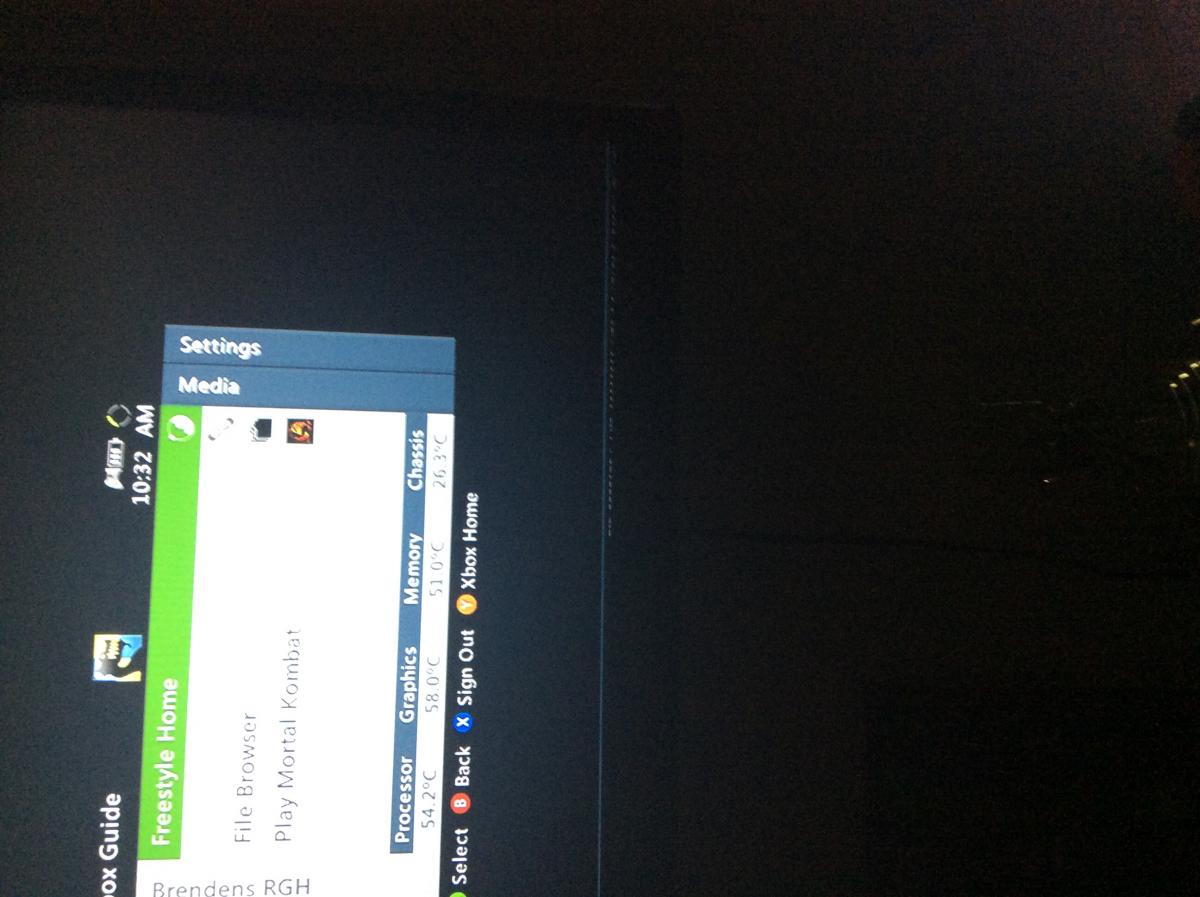
MOVING FROM FREESTYLE DASH 3 TO NEW AURORA INSTALL
Install the POST_BUS_1 -> R3R19 connection as shown in the image above. Do not skip the 3K Ohm resistor for safety as you can damage your console without it!Ħ. You might find the RGH3 QSB useful there, but it is NOT required - you can direct wire install. Install the DB2G3 -> 3K Ohm Resistor -> CPU_PLL_BYPASS connection as shown in the image above. Dump (read) the nand twice and ensure both copies you took match.ĭo this using Jrunner software. All the programmers will use the same point even if they don't respect the color coding.Ĥ. No matter what device you decide on to read/write your nand they are likely to use the color coding in the diagram below as it's essentially a standard now, shared by the Nand-X, JR-Programmer, X-Flasher. If you're only going to do this one mod, my favorite device right now is the Raspberry Pi Pico set up as a PicoFlasher, you can snag the Pico off Amazon for just $8, but the best deal is at a MicroCenter or other major electronics reseller where they are just $4! There are myriad options for programmers: Nand-X, JR Programmer, Matrix SPI Flasher, Squirt Slave Programmer, X-Flasher 360, Super Nand Flasher, PicoFlasher, or even a homemade LPT cable!

Solder in a Nand reading/writing programmer. The stuff on the console will be old and dried up so I strongly recommend putting fresh thermal paste.ģ. You might want an X-Clamp removal tool, and some replacement thermal paste. You will end up removing the heatsink and fan, which means removing the X-clamp on the back. You need a T8 and a T10 Torx screwdriver for all the screws in the console. (Lots of guides on youtube for opening your console.) Open up your console and break it down all the way to the motherboard. Third, and least reliably - look at the power consumption sticker on the back Trinity consoles will say 10.83A though I've seen consoles close to the cut-over manufacture date have the wrong power label.Ģ. Second, check the MFR date on the sticker on the back of the console - Trinities will have a MFR date of 07/2011 and before. First, It must be an "S" style slim Xbox 360. Trinity motherboards can be confidently identified visually without opening the console. My go-to Jrunner source is Josh's build which he kindly hosts at Octals Console Shop:īut there is an alternative branch that sometimes gets out of sync feature-wise and is on Github under X360Tools like PicoFlasher: Just get the latest Jrunner build as it supports RGH3 just fine. RGH3 QSB (has the 3K Ohm Resistor built in) PicoFlasher (Raspberry Pi Pico cost just $4, then load Picoflasher firmware as described here) Strongly reccommend replacing the thermal paste with good stuff. You might want to check out this video clip of using the X-Clamp removal tool properly to see what you are up against. For sure the X-Clamp can be removed without them, but the risk of damaging your board is very high if you're not very careful. It's been suggested to me that the X-clamp remover should be in the "required" supplies. You might want an X-Clamp removal tool to make opening the console easier. Standard Soldering supplies: A variable temperature soldering iron, some solder (I like 60/40 rosin core Kester), fiberglass scratch pen, some flux paste and a very sharp set of tweezers or an exacto knife too. T8 and a T10 Torx screwdriver for all the screws in the console.


Some 28 or 30 gauge AWG wire (I like this ribbon cable made of 28AWG wire that can be separated and cut to length)

A 3K Ohm resistor (Consider the RGH3 QSB which comes with the resistor) ( Nand-X, JR Programmer, Matrix SPI Flasher, Squirt Slave Programmer, X-Flasher 360, Super Nand Flasher, PicoFlasher, or even a homemade LPT cable!) Guide to RGH3 Xbox 360 Trinity Motherboard Consoles!


 0 kommentar(er)
0 kommentar(er)
